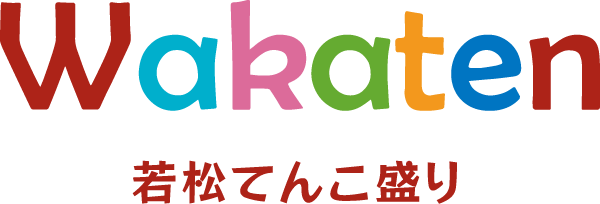Giants of Regional Revitalization (I)
Keichiro Yasukawa: His Achievements and Vision
Feature PICK UP
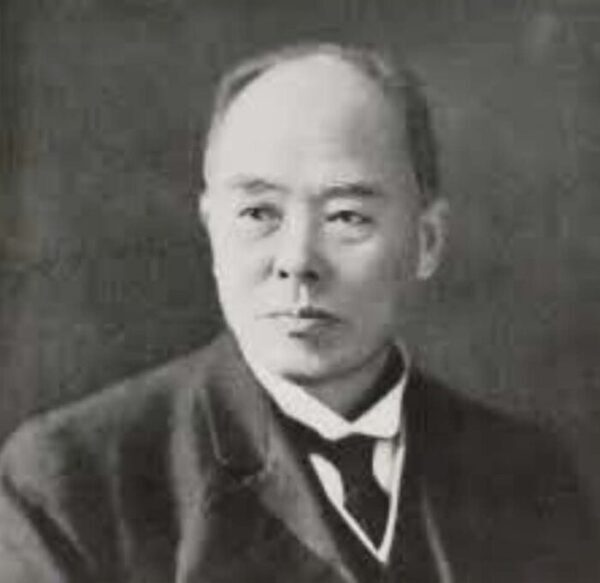
The power to shape regions and open futures has always sprung from the passion and actions of individuals with vision. Keichiro Yasukawa, a giant who drove Japan's modernization through the turbulent era from the late Edo period to the early Meiji era and laid the foundation for northern Kyushu. His life embodied the very spirit of regional revitalization. We trace the turbulent life of Keiichiro Yasukawa and the great achievements he left behind, hoping it will inspire young people to turn their eyes to their communities and believe in their potential.
Keiichiro Yasukawa's Upbringing, Education and Marriage
Keiichiro Yasukawa was born on May 9, 1849, in Torikai Village, Sawara District, Chikuzen Province (Torikai, Fukuoka City). His father was Tokunaga Shōeki, a samurai of the Fukuoka Domain, and his mother was Kume. From childhood, he was intelligent and possessed an exceptionally strong curiosity for learning. However, this was the Bakumatsu period. The Sonno Jōi movement intensified, and the world was unstable. This turbulent era would profoundly influence Keiichirō's later life.
Keichiro studied at the domain school Shuyukan, then advanced to Keio Gijuku to learn the latest scholarship of the time. As a disciple of Yukichi Fukuzawa, he deeply absorbed the principles of practical learning and the spirit of independence and self-respect. Yet tragedy struck while he was still in the midst of his studies. His third elder brother, Tokunaga Megumu, was killed in battle, forcing Keichiro to abruptly return home. This was a profound blow to Keiichiro, yet it may also have been the catalyst that awakened his determination to support his family and contribute to society at an early age.
One pivotal moment in his life was his marriage. In 1864, at age 16, he became the adopted son of Yasukawa Okaemon. At 18, he married Okaemon's fourth daughter, Mineko, inheriting the family headship and changing his name to “Keiichiro.” This marriage held significant meaning for him in building a new household and establishing a social foundation. Mineko supported Keiichiro's endeavors behind the scenes and remained an irreplaceable partner throughout his subsequent turbulent life.
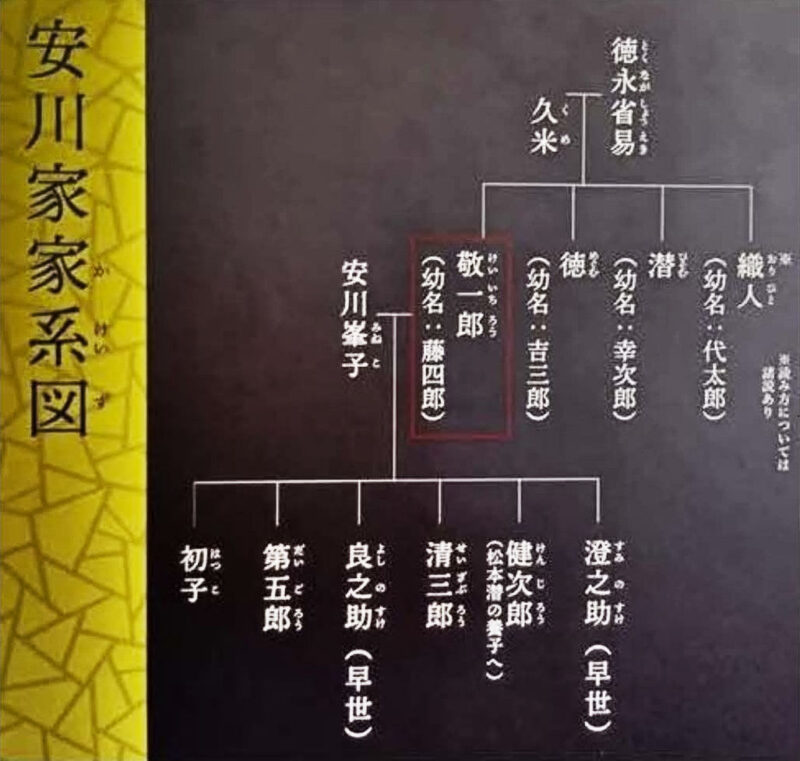
Entrepreneurship and Achievements
Keichiro Yasukawa's true brilliance lay in his exceptional entrepreneurial spirit and his grand vision for business development, focused on the nation's long-term future. He firmly believed that industrial development was essential for Japan to stand shoulder to shoulder with the Western powers.
His first step as an entrepreneur came in 1877 when he started a coal sales business in Ashiya. This marked the beginning of his path to becoming the “Coal King.” By 1880, he had begun managing the Aida and Shoji coal mines, fully entering the coal mining industry. At that time, coal was an indispensable energy source for Japan's rapid modernization, and Keiichiro accurately grasped the demands of the era.
In 1886, he shifted his base of operations to Wakamatsu and began developing the Meiji Coal Mine. Then, in 1888, he founded the Wakamatsu Port Construction Company, embarking on the development of port facilities crucial for coal transportation. The following year, 1889, saw the development of the Akaike Coal Mine, as he energetically expanded his business.
Supporting his ventures was a close father-son partnership with his second son, Kenjiro Matsumoto. At the Yasukawa Matsumoto Store, established in 1893, Yasukawa himself focused on coal mine management while Kenjirō handled coal sales. This powerful collaborative structure enabled the business to achieve dramatic growth. In 1896, he founded Meiji Coal Mine Co., Ltd., establishing an office in Moji. He expanded branches to Tokyo, Osaka, and Kobe, growing the business into a nationwide operation.
In 1908, he established Meiji Mining Joint-Stock Company. Keiichiro harbored a strong conviction: “To repay the nation's favor by fostering industry.” Guided by this belief, he launched new ventures one after another. He was involved in establishing and managing diverse companies such as Meiji Spinning (1908), Yaskawa Electric (1915), Kyushu Steel (1917: a joint venture with China, later integrated into Yawata Steel), and Kurosaki Ceramics (1918), driving Japan's industrial modernization.
His achievements were so significant he was hailed as “Shibusawa in the East, Yasukawa in the West.” He served as a director of Kyushu Railway, president of Wakamatsu Port Construction, chairman of the Chikuho Coal Mining Association, president of Meiji Mining, and chairman of Kyushu Steel, truly representing Japan's economic sphere. Though he retired from the business world in 1922, the legacy he left behind is immeasurable.
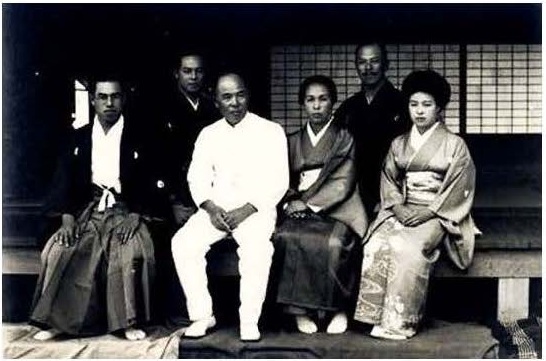
Social Contribution
The greatness of Keiichiro Yasukawa lay not only in his business acumen but also in his profound insight and practice regarding social contribution. He generously returned the wealth he earned through his business to society.
Particularly noteworthy among his social contribution activities was becoming a member of the Genyosha in 1881 and providing financial support. When the Xinhai Revolution erupted in China, he disregarded the opposition of Mitsuru Tōyama, welcomed Sun Yat-sen from Kobe to Tokyo, rented his own neighboring house as Sun's hideout, and provided him with 500 yen monthly for living expenses for four years. This went beyond mere political support, demonstrating Keiichiro's broad vision and international perspective focused on Asia's future.
His most significant contribution was in the field of education. In 1907 (Meiji 40), he founded Meiji Senmon Gakko (present-day Kyushu Institute of Technology). At that time, Japan faced a severe shortage of highly skilled personnel to drive its rapid industrialization. Concerned by this situation, Keiichiro resolved to establish a school for training engineers, investing his own private fortune.
Meiji Senmon Gakko opened in April 1909. Furthermore, in 1910, he founded the Meiji Technical College Affiliated Elementary School (present-day Meiji Gakuen), establishing a comprehensive educational institution spanning from elementary to higher education. His conviction that education was the foundation for nation-building crystallized in the creation of these schools. His invitation of Sun Yat-sen, then exiled as Provisional President of the Republic of China, to Meiji Technical College was a symbolic event demonstrating his international vision and passion for education.
In 1914, he won a seat in the House of Representatives in a by-election, and later served as a baron in the House of Peers until his retirement in July 1925. Yasukawa Keiichiro, who contributed to Japan’s development in both political and business circles, passed away in November 1934 at the age of 85.
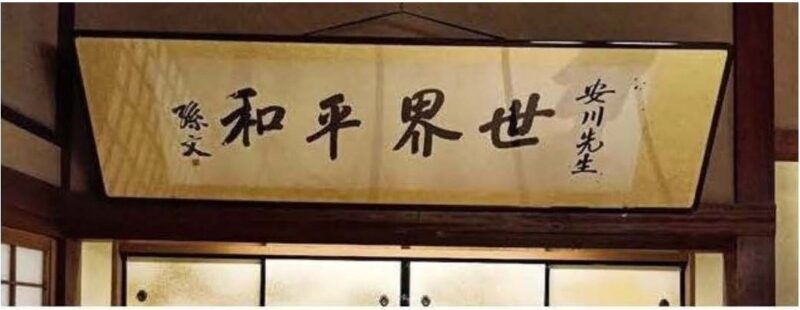
Regional Contributions (Management of the Chikuho Coalfield and Development of Kitakyushu and Wakamatsu)
Keichiro Yasukawa poured extraordinary passion into the development of Kitakyushu, particularly the Wakamatsu area. Through his management of the Chikuho Coalfield, he supported Japanese industry and was deeply involved in developing ports and railways to efficiently transport its coal.
As president of Wakamatsu Port Development, he vigorously promoted the modernization of Wakamatsu Port. Through port dredging and facility expansion, Wakamatsu developed into a major coal export port. Vast quantities of coal mined in the Chikuho Coalfield were shipped from Wakamatsu to destinations both domestic and international, powerfully supporting Japan's modernization.
The fact that Wakamatsu Station and Wakamatsu Locomotive Depot maintained the top spot in Japan for freight volume for many years highlights the importance of the infrastructure he built. The remnants of the coal storage yards (coal yards) that spread west of Fujiki, Komai, and Miyamaru tell the story of the bustling activity of that era.
He worked tirelessly to attract steel mills
One of Keiichiro Yasukawa's greatest contributions to the region was his tireless efforts to attract the government-run steelworks to Yahata. He highlighted the area's geographical advantages: strong ground conditions and low risk of disasters like earthquakes. He emphasized the massive and stable coal supply from the Chikuho coalfield. He pointed to the secured inland transport route connecting the Onga River and Horikawa Bay via the Horikawa Canal, facilitating smooth coal transportation from Chikuho. His presentation of the potential of the Tōkai Bay area, surpassing other candidate sites—including a port development plan involving large-scale dredging to enable the entry of ships carrying 5,000 tons of iron ore—became the driving force that elevated Yahata Village in Ōnga District (present-day Yahata Higashi Ward, Kitakyushu City) as a leading candidate for the steelworks construction.
After a four-year construction period, the government-operated steelworks commenced operations in 1901, becoming the cornerstone of Japan's heavy industrial development. Securing the steelworks proved decisive in propelling the Kitakyushu region to become Japan's industrial heartland, demonstrating Yasukawa Keiichiro's foresight and executive ability.
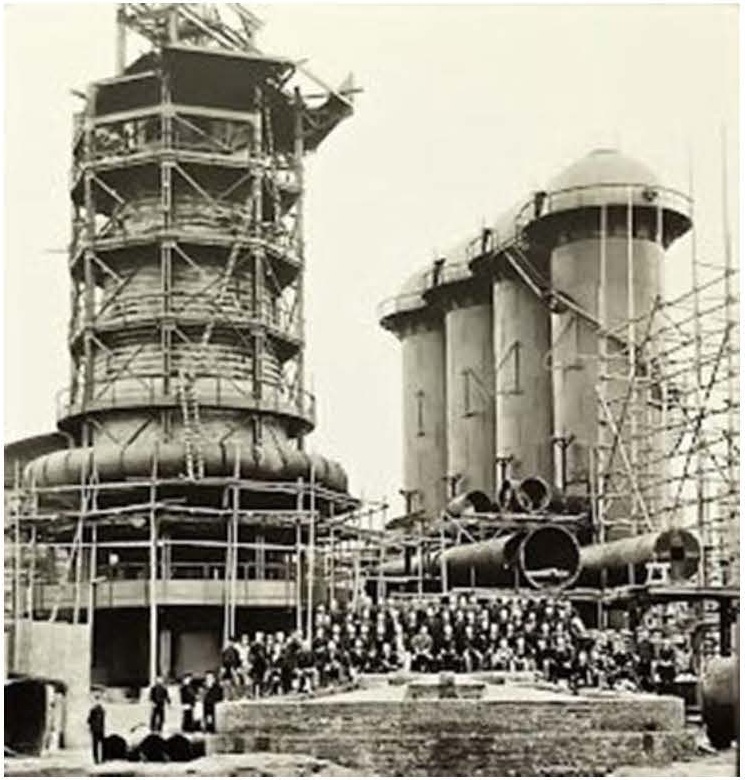
The Yasukawa Residence in Wakamatsu
The vast residence Keiichiro Yasukawa built in Wakamatsu symbolized both the town's prosperity at the time and his own greatness. The main house covered an impressive 3,700 tsubo (approx. 12,200 m²), occupying a sprawling site stretching from the east side of the current Wakamatsu Ward Office, past Ebisu Shrine, to the piers of the Wakato Bridge.
This grand mansion served not merely as a private residence but also as a gathering place for local people, functioning like a salon where the future of Wakamatsu was discussed. Keiichiro welcomed many visitors here, exchanging diverse opinions for the region's development. The Yasukawa Residence was truly one of the hubs for Wakamatsu's community building.
An anecdote illustrating the economic prosperity of the time is that stationmasters in Wakamatsu and Moji Port were the only ones to receive promotion orders skipping two ranks. This speaks to how Wakamatsu had become a crucial economic hub through Keiichiro Yasukawa's efforts.

Yasukawa's former residence https://www.yaskawatei.org/
